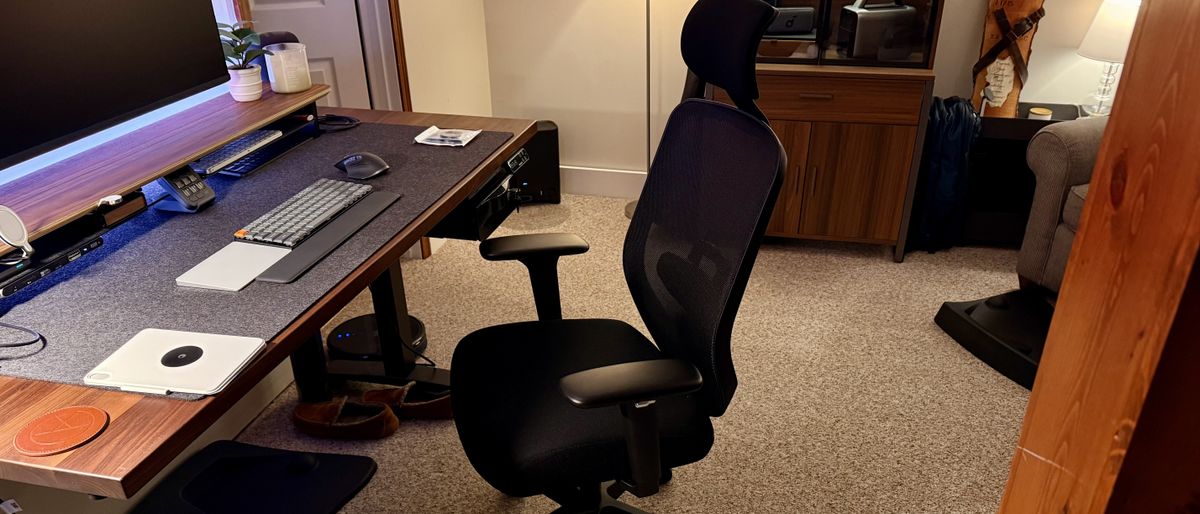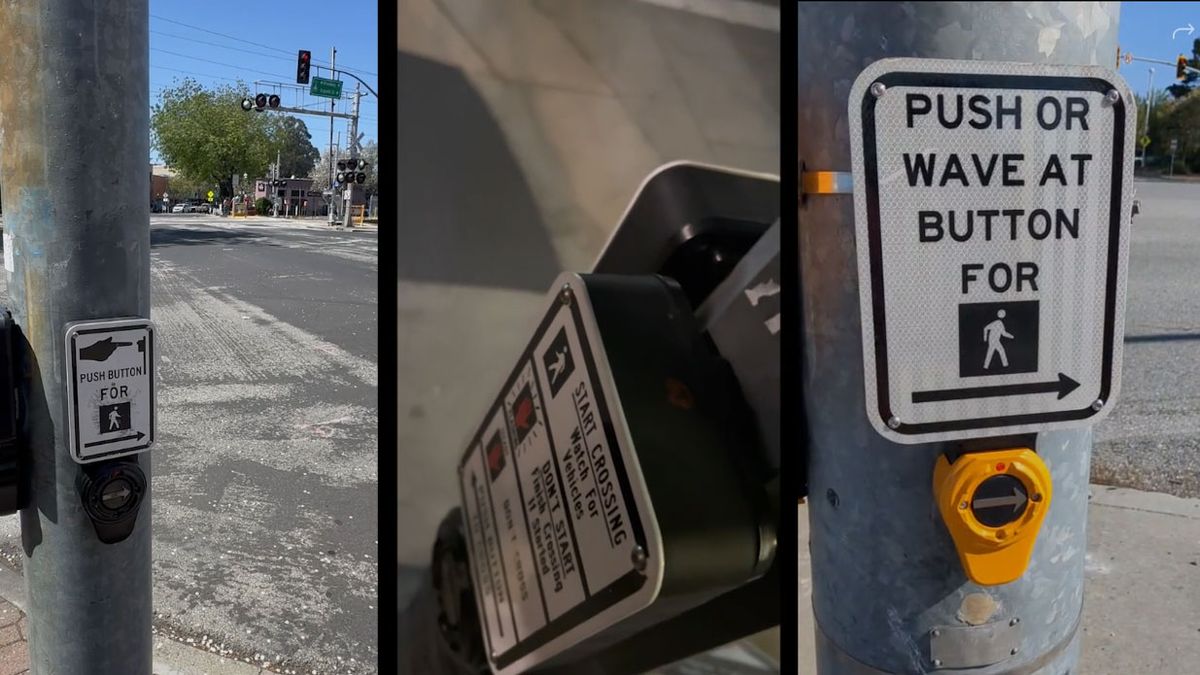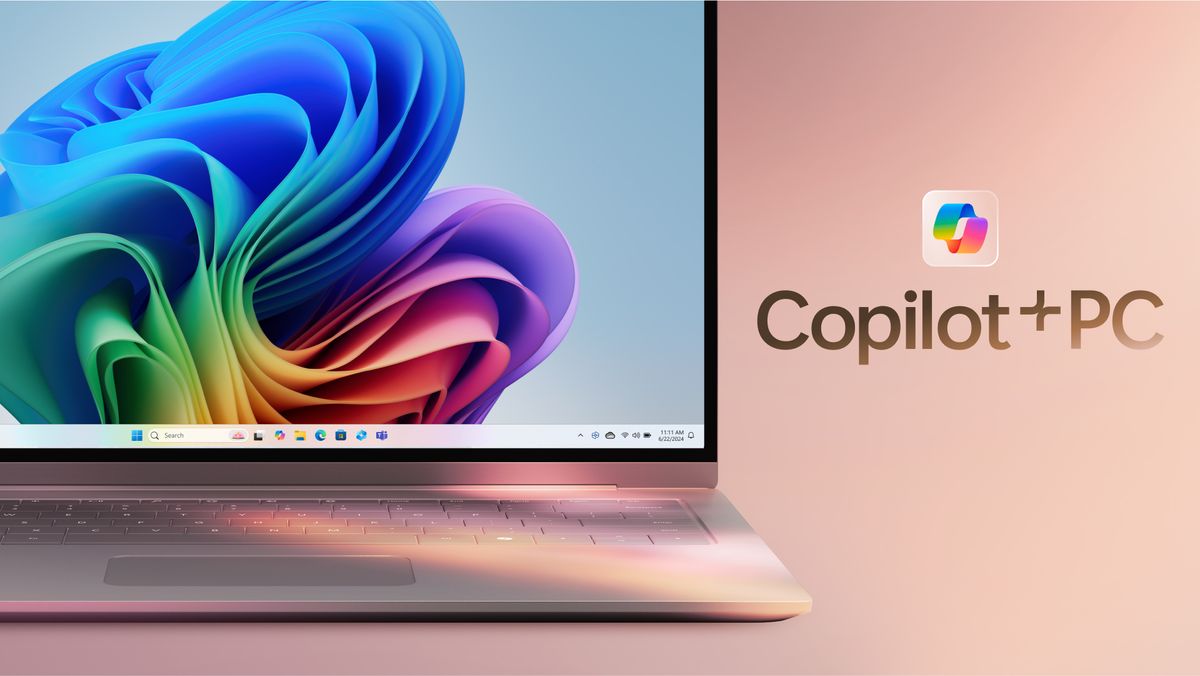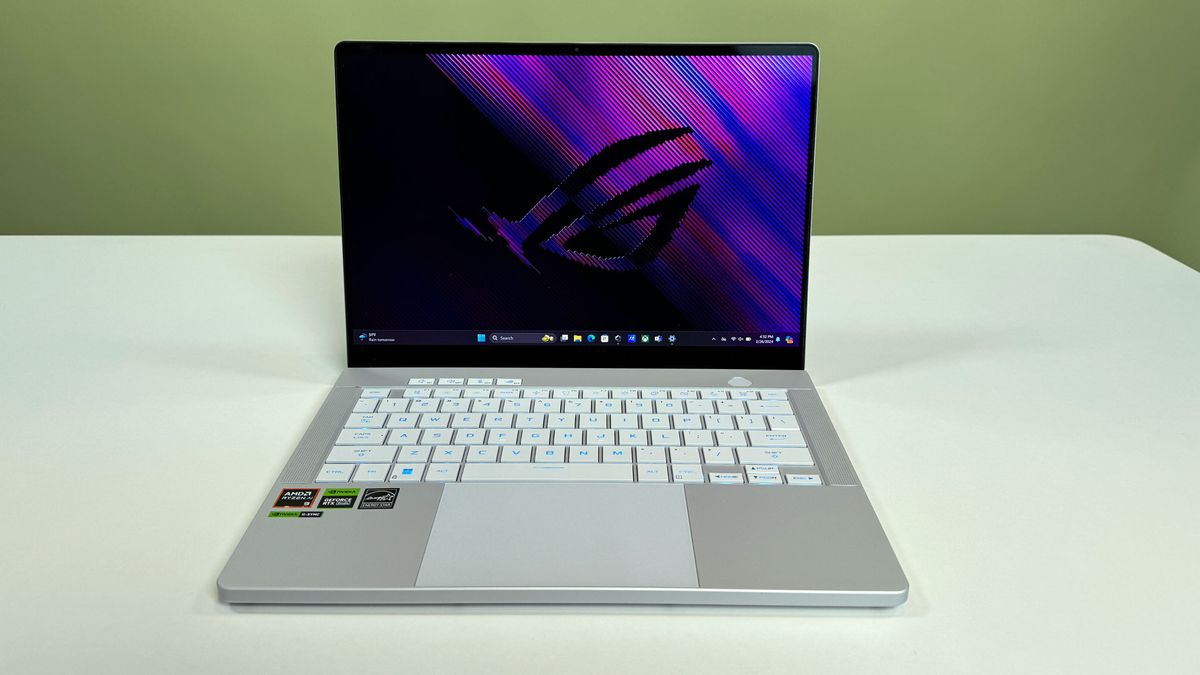TV-signal based BPS tested as fallback for GPS — digital TV infrastructure could come to the rescue if satellites are compromised
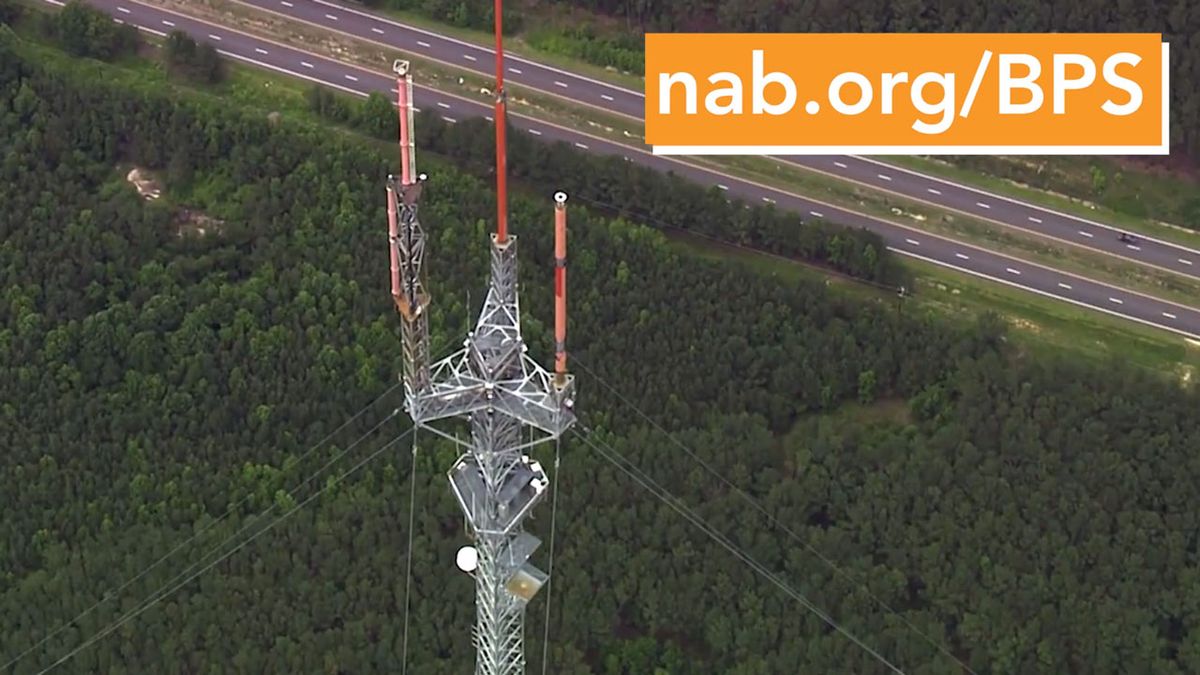
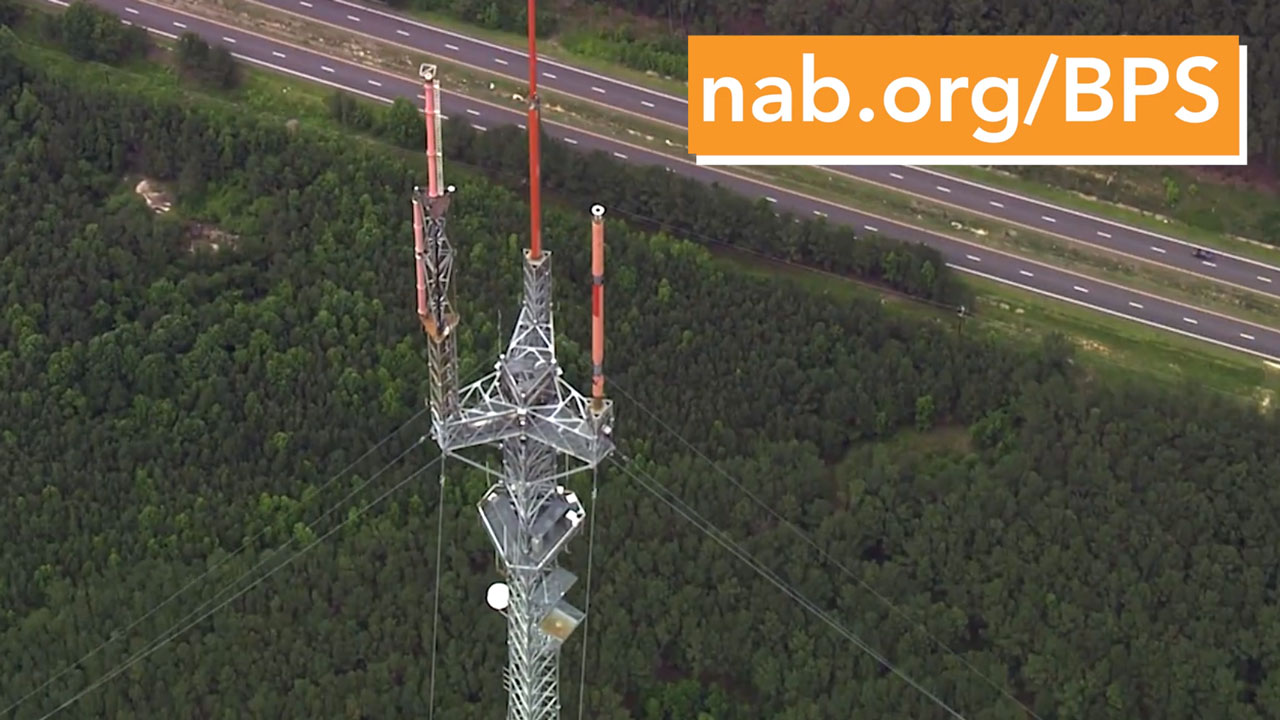
Progress in developing the Broadcast Positioning System (BPS) was recently charted at the NAB (National Association of Broadcasters) show. CNX Software reports that BPS is being positioned as a backup, alternative, or confirmation data source for the Global Positioning System (GPS). However, BPS has its particular strengths and weaknesses.
GPS can be as vital to some portable smart device users as mobile and Wi-Fi network data. However, this satellite-based system, which provides precise location, velocity, and time information, is not always available and can be interfered with by bad actors. Recent reports of GPS interference over the Baltic Sea, the Black Sea, and the eastern Mediterranean make for worrying reading. On the other side of the conflict, Ukraine is known to have used GPS spoofing to repel Russian drone attacks.
GPS is under attack, and its reliability is easily put into question, so a backup positioning technology seems like a great idea. Being able to reuse existing infrastructure would be a bonus, and what is more widespread and suitable than TV broadcast antennae?
What is the Broadcast Positioning System (BPS)? - YouTube

BPS uses TV signals for timing and positioning data, but the base stations must be broadcasting ATSC 3.0 'Next Gen TV' signals, specifically for this technology. The BPS tech works by adding an ATSC frame to the output, and this will usually provide timing accuracy to 100ns, which is good but not quite as good as GPS (~10ns). However, for BPS positioning, you will need to be in the signal range of four transmitters, and even then, accuracy will be in the order of a 100-meter radius...
According to the source report, BPS is currently being tested and is approaching the fourth (of six) development phases. At the latest, by 2027, we should see ATSC 3.0-based timing become available to the public. Then, by 2029, ATSC 3.0-based timing should be added to the mix. Of course, some kind of BPS receiver will be needed to use this positioning system, whether public or not.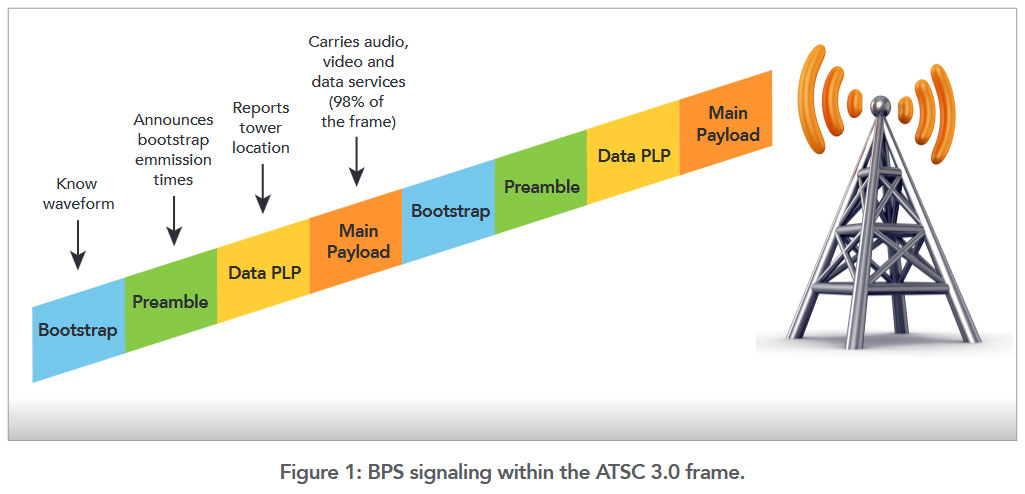
While the BPS technology doesn't impress in its stats, compared to the dominant GPS (for example), it is hard to argue against its use for verifying GPS data. Also, it is always good to be able to reuse existing infrastructure to add value. Hopefully, the U.S. won't need this GPS backup in its home turf, where ATSC 3.0 digital TV signals are found. Currently, coverage is fair, with around 75% of U.S. households capable of receiving ATSC 3.0 signals, which can deliver 4K HDR visuals. We assume that percentage will improve over time.
Different digital TV standards exist in other regions, such as the popular DVB-T/T2. However, we don't know if positioning data can be added to those broadcast signals. The Russians might be interested in melding DVB-T with their Glonass satellite positioning system for backup/verification. Likewise, Europeans may find implementing some non-satellite backup/verification for their Galileo satellites worthwhile.
Get Tom's Hardware's best news and in-depth reviews, straight to your inbox.
Mark Tyson is a news editor at Tom's Hardware. He enjoys covering the full breadth of PC tech; from business and semiconductor design to products approaching the edge of reason.
What's Your Reaction?
 Like
0
Like
0
 Dislike
0
Dislike
0
 Love
0
Love
0
 Funny
0
Funny
0
 Angry
0
Angry
0
 Sad
0
Sad
0
 Wow
0
Wow
0




